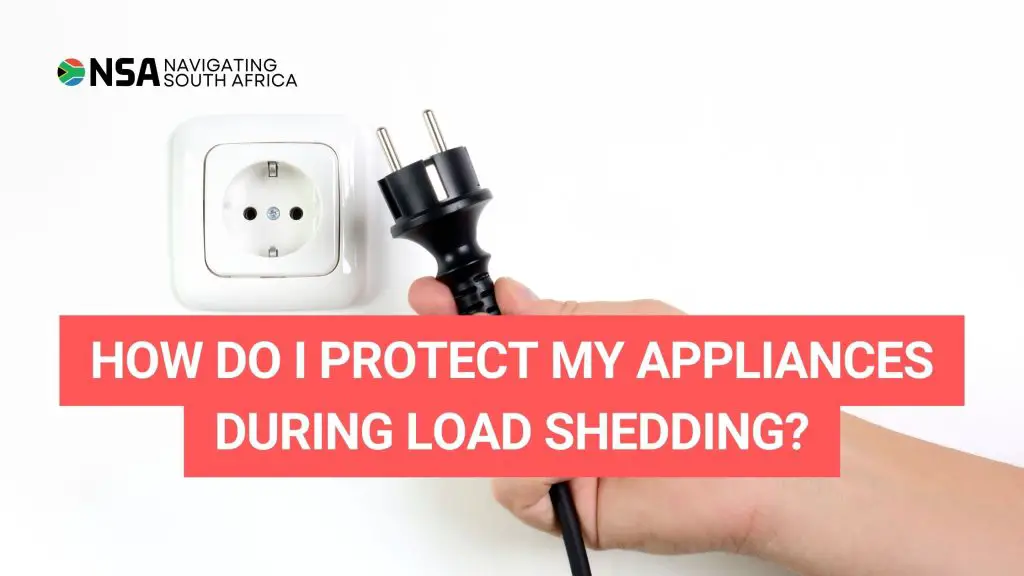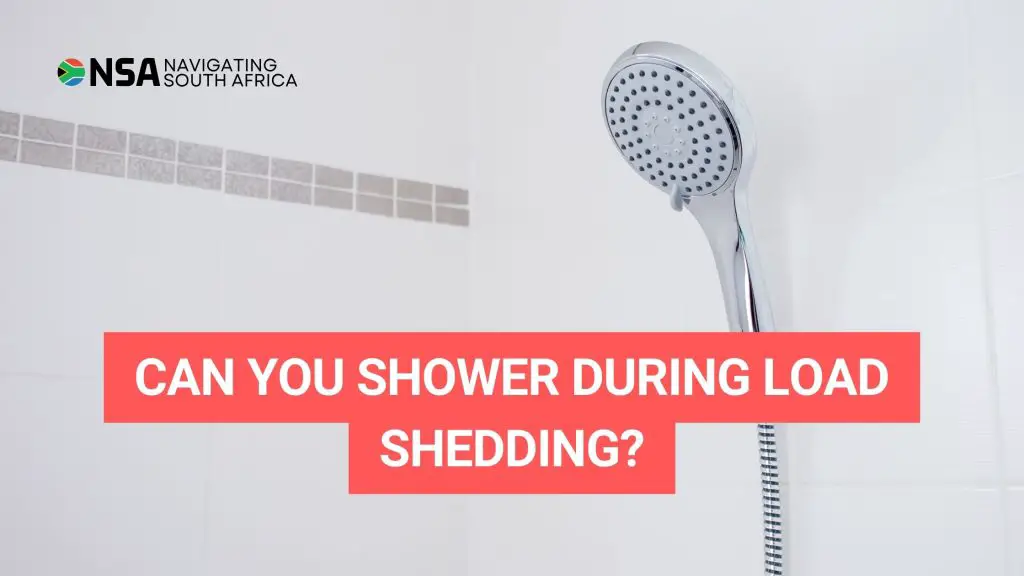Load shedding is a last-resort method to keep the country’s electricity grid from collapsing. When there aren’t enough power plants to meet the demand (load) from all consumers, the electrical system becomes unbalanced, which can cause a blackout that lasts for days and affects the whole country. When there isn’t enough electricity, Eskom may either increase the supply or lower the demand to bring the system back into balance.
When there isn’t much difference between supply and demand, the system is called “tight.” This means that steps need to be taken to make sure the system doesn’t become unstable. Eskom usually does a set of things to keep the system running smoothly and stop load shedding. The first step is to ask big consumers to give up some of their load on their own. But if a lot of power station units go down quickly and all at once, we might need to skip those steps and go straight to load shedding to keep the system stable. Scheduled load shedding is handled by giving all users the same amount of power.
By turning down parts of the network in a planned and controlled way, the system stays stable throughout the day, and the effect is spread out over a larger number of customers. Load shedding schedules are made ahead of time to show how segments of the network will be turned off in order during load shedding days. On days when load shedding is needed, the networks are turned off according to a plan.
This makes sure that as much as possible, consumers experience load shedding according to the schedules that have been set. If planned load shedding doesn’t reduce the load enough or if unplanned crises or breakdowns happen, System Control Centres will use emergency switching to shed load outside of the scheduled times to protect the network. This kind of thing doesn’t happen very often, but if a state of emergency load shedding is declared, all customers may be affected at any time, and schedules may not apply.
What caused load shedding in South Africa?
There has been a consistent increase in the demand for power in South Africa over the last decade, thanks to the country’s booming economy. Eskom’s reserve margin has been dwindling as the additional capacity it had to generate energy to keep up with the expanding economy has been used up. Reserve margins are expected to continue shrinking over the next several years, at least until a large number of new base-load power units come online. However, even with the reopening of previously shut down power plants and the construction of open-cycle gas turbines, demand continues to outstrip supply. Load shedding may be necessary to safeguard the electrical power system until additional capacity is added via the new construction programme or national demand is significantly reduced.
Why would anybody find it challenging to compete with Eskom in the supply of electricity?
Eskom is responsible for meeting around 96% of the nation’s total energy demand. Due to the fact that Eskom is a natural monopoly at the moment, customers do not have the ability to choose an electricity provider of their own. There are a few of the bigger local authorities that have some production capacity, but it is not quite as much as Eskom’s capability.
How do I find my load shedding schedule in my area?
On the Eskom website, which can be accessed at www.eskom.co.za, load shedding timetables for the various locations served by Eskom are provided. In addition, information may be obtained by calling the Eskom Contact Centre at 08 600 ESKOM (086 003 7566). If you are a client of the local government, you may get the timetable for your region by visiting the website of the applicable municipal government or by calling their contact centre. Typically, this information may be found on your statement.
Use Eskom Se Push App:
This application keeps track of the current loadshedding status for Eskom (National) as well as the loadshedding status for local municipalities, and it notifies you via Push notifications if you are going to be affected by loadshedding.
Why are not all the suburbs/areas listed in the schedule?
The Eskom schedule is compiled using data from a variety of sources, including the official South African Government database of Regions, Towns, and Suburbs, as well as Eskom’s own network and customer records. If a region has more than one name, only the official name will appear on maps.
What about sick and ill customers?
Customers who need medically necessary equipment (ventilators, dialysis machines, etc.) should discuss their requirements with their physician to see whether any additional accommodations may be provided. Back-up oxygen tanks or an extra battery pack for medical equipment are two examples. Customers with medical requirements should kindly take particular care to ensure that their needs are met and that they are prepared to cope with power interruptions, since it is often hard to keep the power on for individual customers when large networks and regions are shut off.
What do the load shedding stages mean?
Stage 1: allows for up to 1 000 MW of the national load to be shed.
Stage 2: allows for up to 2 000 MW of the national load to be shed.
Stage 3: allows for up to 3 000 MW of the national load to be shed.
Stage 4: allows for up to 4 000 MW of the national load to be shed.
Stages 5: allows for up to 5 000 MW of the national load to be shed.
Stage 6: allows for up to 5 000 MW of the national load to be shed.
Stage 7: allows for up to 7 000 MW of the national load to be shed.
Stage 8: allows for up to 8 000 MW of the national load to be shed.
Stage 1
During Stage 1, the total national load can be cut by up to 1,000 MW. There will be three power outages over the course of four days, each lasting two hours, or three outages over the course of eight days, each lasting four hours.
Stage 2
Stage 2 allows up to 2,000 MW of the national load go, and it does this twice as often as stage 1. Outages will happen six times over the course of four days for two hours each, or six times over the course of eight days for four hours each.
Stage 3
Up to 3,000 MW of the national load can be taken off the grid during Stage 3. This stage makes stage 2 happen 50% more often, so there will be nine outages of two hours each over the course of four days, or nine outages of four hours each over the course of eight days.
Stage 4
Up to 4,000 MW of the national load can be taken off the grid during Stage 4. Outages will happen 12 times over the course of four days for two hours each, or 12 times over the course of eight days for four hours each.
Stage 6 and 7
At stages 6 and 7, Eskom cuts 6,000MW and 7,000MW, which means that power cuts will happen for four hours at a time over the course of four days.
Stage 8
The scary stage 8 is twice as bad as stage 4, which means that Eskom will lose 8,000MW and residents will be without power up to six times a day, or for a total of 12 hours, depending on the schedule.


